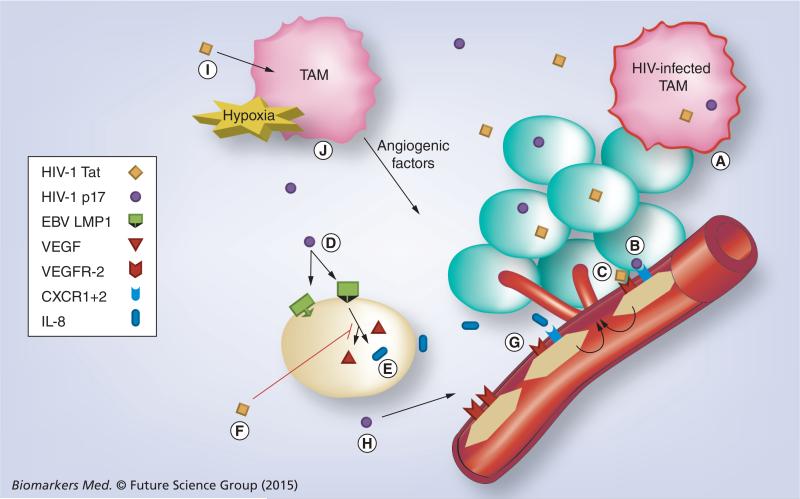Figure 1. Proposed mechanisms of angiogenesis in AIDS-related diffuse large B-cell lymphoma and the role of HIV.
(A) HIV-infected tumor-associated macrophages (TAM) secrete HIV-1 viral factors Tat and p17. (B) HIV-1 p17 binds IL-8 receptors CXCR1 and CXCR2 stimulating angiogenesis†. (C) HIV-1 Tat binds VEGF receptor VEGFR2 stimulating angiogenesis independent of homeostatic controls on VEGF production. (D) HIV-1 p17 upregulates EBV LMP1 expression on EBV-infected tumor cells†. (E) LMP-1 increases VEGF and IL-8 production promoting angiogenesis. (F) HIV-1 Tat suppresses VEGF production, but not IL-8. (G) Tumor-produced IL-8 binds CXCR1+2 promoting angiogenesis†. (H) HIV-1 p17 upregulates VEGFR2 expression on epithelial cells†. (I) HIV-1 Tat induces secretion of IFN-γ in macrophages and activated CD8+ T lymphocytes†. (J) Uncertain additional role of Tumor-associated macrophages and mediation of angiogenesis†.
†Requires further investigation in context of AR-DLBCL.

